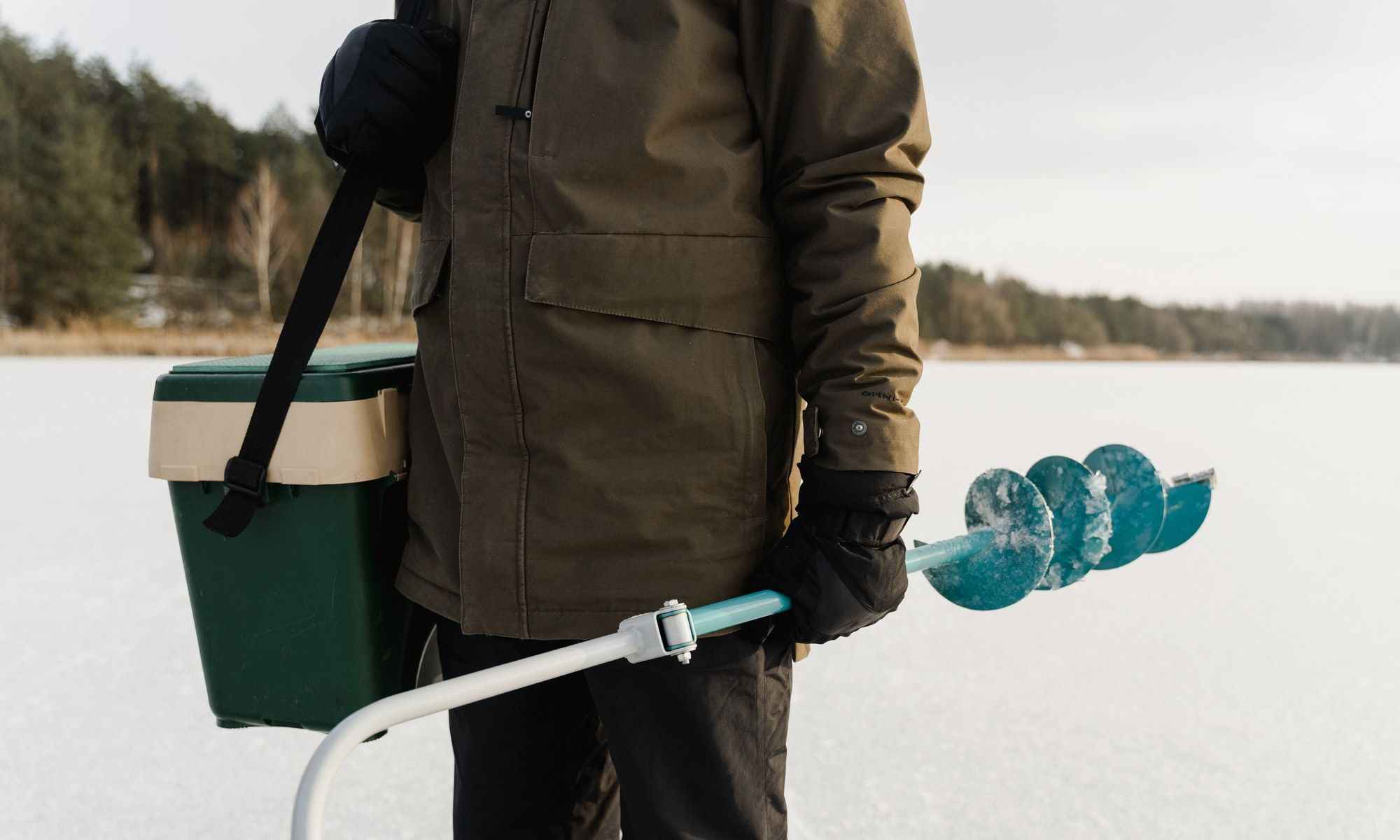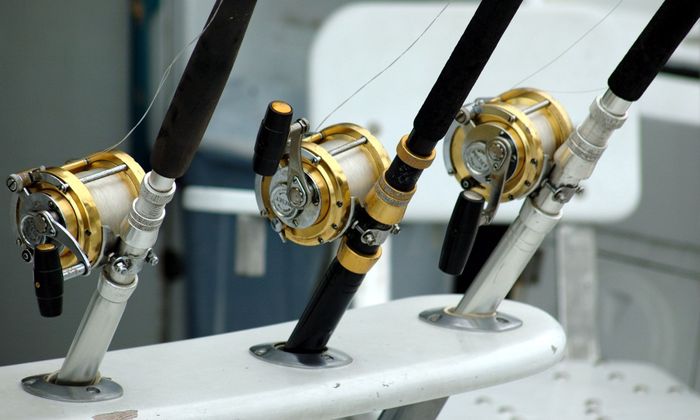Essential Gear for Winter Fishing: 5 Must-Haves
Winter fishing is a popular form of fishing; if not very unique. Here are some of the gear anglers need specifically for winter fishing.

Fishing has always been a gear-heavy sport. Though in the past a simple rod, reel, and tackle might’ve been all an angler needed, today’s many innovations when it comes to fish-catching technology have made the sport a sort of arms race in getting the latest equipment. From lighter rods to realistic lures, portable fish finders, and everything in between, these things have been the norm for fishermen of the last few decades. Anglers who only catch fish from spring to fall may think fishing is as routine as it gets but a completely different experience comes in the form of fishing in the winter.
Winter fishing is a completely different experience, from different etiquette to follow, harsher weather conditions, and of course different equipment. What sets winter apart when fishing in any other season is the extreme cold. Most of the new equipment and adjustments being made are all in consideration for the weather. Sometimes it’s even advisable to cancel an entire fishing trip due to extreme weather conditions. That being said, for anglers looking to fish relatively smoothly during the holiday season, there are some things they need to prepare. Here are some of the essential equipment every winter fishing angler should have.
5 Winter Essentials
1. Warm Clothes
Before even preparing anything out in the open, whether it’s beside a cold river or on top of a frozen lake, anglers should best be dressed for the occasion. The cold is unyielding during this time, and it can definitely cause some harm. It’s good to dress in insulated layers in order to trap body heat inside. Most anglers follow a 3-layer rule, with a base, middle, and heavy outerwear. The base layer usually consists of a long-sleeved, fleece shirt that acts as the primary insulator of heat. Sweatshirts or hoodies are usually used in the middle layer that serves to protect anglers from the cold. Finally, the outer layer is mainly used to keep anglers’ bodies from getting wet. Mostly waterproof raincoats are used for the last layer of clothing as cold water sticking to the body is absolutely dangerous.

Other pieces of clothing that can be used to protect anglers from the cold are gloves. In fact, protecting the limbs is one of the most important things to worry about when dealing with the weather. Toes and fingers are especially susceptible to breaking off in extreme cases of frostbite. Anglers tend to use gloves and double up on socks to keep the hands and feet warm. It’s also advisable to ditch cotton clothing as the thin material used is more suited to letting the into you during hot summer weather. Most anglers agree that wool is the best with both keeping the body warm while not being easily wet. Woolen beanies and other hats meant to protect the head from
2. Heating Equipment
Another essential for keeping warm is using heating pads or portable heaters. These inexpensive yet very important items can be found in just about any outdoor specialty shop or local sporting goods store. It’s best to prepare these beforehand instead of buying in stores near the fishing area as prices may be bumped up a bit. Anglers usually use heating pads in different parts of the body like on the nape or on the forehead, and sometimes underneath the foot. Portable heaters are also pieces of equipment that can be readily bought, albeit a bit more expensive, that can keep the surrounding area marginally warmer. Keeping a lighter is also handy in case of emergencies. The situation might suddenly take a turn for the worse so having something readily available that can produce heat is definitely essential. All in all, with the first two essentials, the main point is to always keep warm.
3. Food and Water
Though not specifically gear, food and water are very much essential to fishing regardless of season or weather. Winter fishing and most especially, ice fishing, is a strenuous activity. Between reeling in heavy fish and preparing equipment as well as standing for hours on end, fishing is surprisingly a cardio-heavy sport. Since fishing takes both a lot of time and energy, bringing food and water is an important essential for any trip. Easy-to-eat food like granola bars or sweets that boost sugar levels and break down easily are usually advised. Drinking warm soup or even hot chocolate warms the body. Dehydration is also something anglers need to be on alert for. Consistently drinking water is heavily advised.

4. Winter-specialized Fishing Equipment
The cold can be harsh on everyone and everything, including equipment. There are many winter-specific rods out in the market using materials that do not stiffen under the cold. Cleaning and lubricating reels and their bearings will also prevent them from locking up. When going out for ice fishing, items like drills as well as an ice scoop are needed for digging through the ice. Live bait is also very recommended as fish in the winter are less likely to get enticed by artificial lures.
5. Ice Shanties
An invaluable piece of equipment for ice fishing anglers, ice shanties are portable shelters used to take cover from strong winds and cold. They come in a variety of price points, the cheapest of which can merely be a small tarp shelter or collapsible tent-like shelters. Expensive ice shanties can come with larger spaces and even some amenities. They’re usually better insulators of heat. For many frugal anglers, making an ice shanty is also viable. Most anglers just use plywood and whatever else found in a hardware store for their makeshift ice shanty.
One thing to look out for when setting up ice shanties is the thickness level of the ice. There are state guidelines anglers should check out as some states only allow ice shanties up until a certain date. Otherwise regularly checking for the thickness of the ice is very important. It’s also good to be mindful that ice can thaw and get frozen lots of times and in some cases stick the ice shanty onto the lake.

All in all, winter is a very unique experience. There may be some things in common when going out fishing in other seasons, however, for the most part, there are a lot of adjustments due to the weather. Despite being a fun way to fish, it’s still important to be safe, especially during this time. Keep in mind that being safe will always outweigh the fun of the sport.




